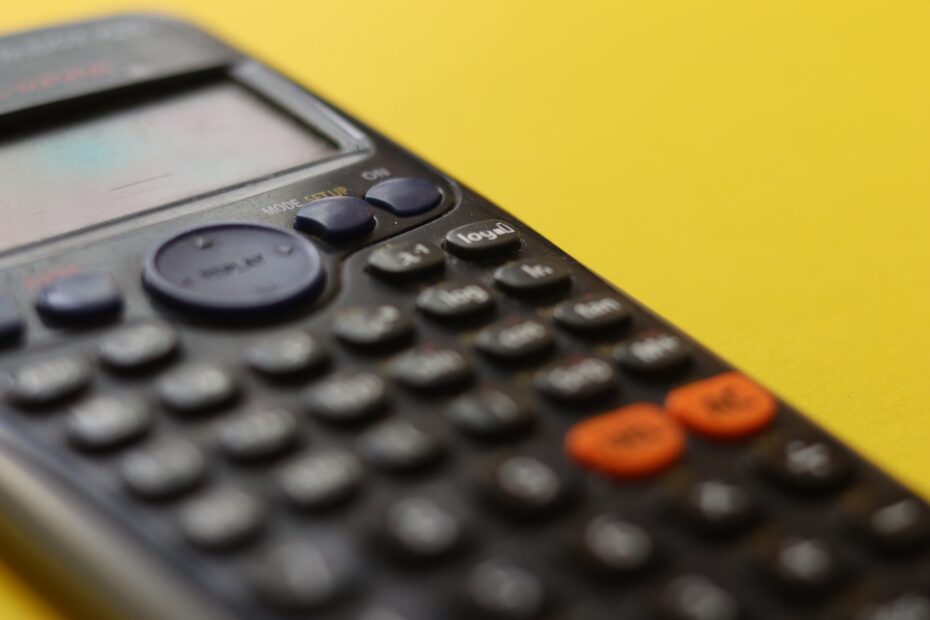With the next SAT always around the corner, make sure you know your basic SAT math vocabulary. Many of our students haven’t used these basic arithmetic and number properties terms since the 6th grade so a review is definitely in order if you want to break 600 on the math section.
We’ve compiled the top basic SAT math terms that high scorers know. This list covers the exact same math vocabulary we go over with our students in the first SAT math class.
Basic SAT Math Terms
Integer: whole number; no fractions or decimals
Examples: 1, 2, -5
Positive: greater than zero; includes fractions and decimals (a positive number doesn’t have to be an integer)
Examples: 1, 1.55, 3/2
Negative: less than zero; includes fractions and decimals (a negative number doesn’t have to be an integer)
Examples: -1, -1.55, -3/2
Non-negative: all the positive numbers AND zero; the SAT does not consider zero to be a positive number, thus the term non-negative because it’s not negative
Even: divisible by 2
Examples: 0, 2, 100, -4
Odd: not divisible by 2
Examples: 1, -15, 299
Digit: any of the numbers from 0 to 9; every number is some combination of the digits from 0 to 9
Example: The number 103 has three digits: 1, 0, and 3.
Consecutive: one after another
Example: 2, 4, and 6 are consecutive even integers.
Distinct: different
Example: 2 and 4 are distinct numbers. (More on this later.)
Basic SAT Math Operations Vocabulary
PEMDAS: the order of operations for math problems; multiplication and division are usually done from right to left; addition and subtraction are usually done from right to left
Parentheses – Exponents – Multiplication – Division – Addition – Subtraction
Example: 3 + 6 x 2 = 15
Sum: the result of addition
Example: The sum of 12 and 2 is 14.
Difference: the result of subtraction
Example: The difference of 12 and 2 is 10.
Product: the result of multiplication
Example: The product of 12 and 2 is 24.
Quotient: the result of division
Example: The quotient of 12 and 2 is 6.
Other Basic SAT Math Terms
Remainder: the leftover after division; when the SAT uses this term, it almost always means whole number remainder; although fractions and decimals are equivalent to the whole number remainder the test is not asking for these
Example: The remainder when 15 is divided by 2 is 1.
Factor: numbers you can multiply together to get another number; think of a factor as the smaller numbers that go into a bigger number; factors do not have to prime (More on this later.)
Example: The factors of 12 are 1, 2, 3, 4, 6, and 12.
Multiple: the result of multiplying a number by an integer; think of a multiple as the larger numbers resulting from smaller numbers; multiples get bigger
Example: Multiples of 12 are 12, 24, 36, 48, and so on.
Prime: a number divisible by only itself and 1; the SAT does not consider 1 a prime number; 2 is the only even prime number
Example: The prime numbers less than 20 are 2, 3, 5, 7, 11, 13, 17, and 19.
Going back to our definitions for “distinct” and “factor” how many distinct prime factors does 16 have? 16 only has one distinct prime factor, the number 2. However, 16 has 5 factors: 1, 2, 4, 8, 16.
Quick Integer Rules to Know
Rules of Zero:
1. Zero times any number is 0.
2. Zero divided by any number is 0.
3. Any number divided by 0 is undefined (you can’t divide by 0).
4. Any number to the power of 0 is 1.
Rules of One:
1. One times any number is the number.
2. Any number divided by 1 is the number.
3. Any number to the power of 1 is the number.
4. One divided by any number is the reciprocal of the number (if you multiply them together, you get 1).
Need help preparing for the SAT?
If math isn’t your best subject, Whatsapp or email us at eden@apply-me.com to help you prepare for the SAT math sections. You’ll need to be good with and without a calculator, so help is in order. Your American tutor will lead you through the process.



